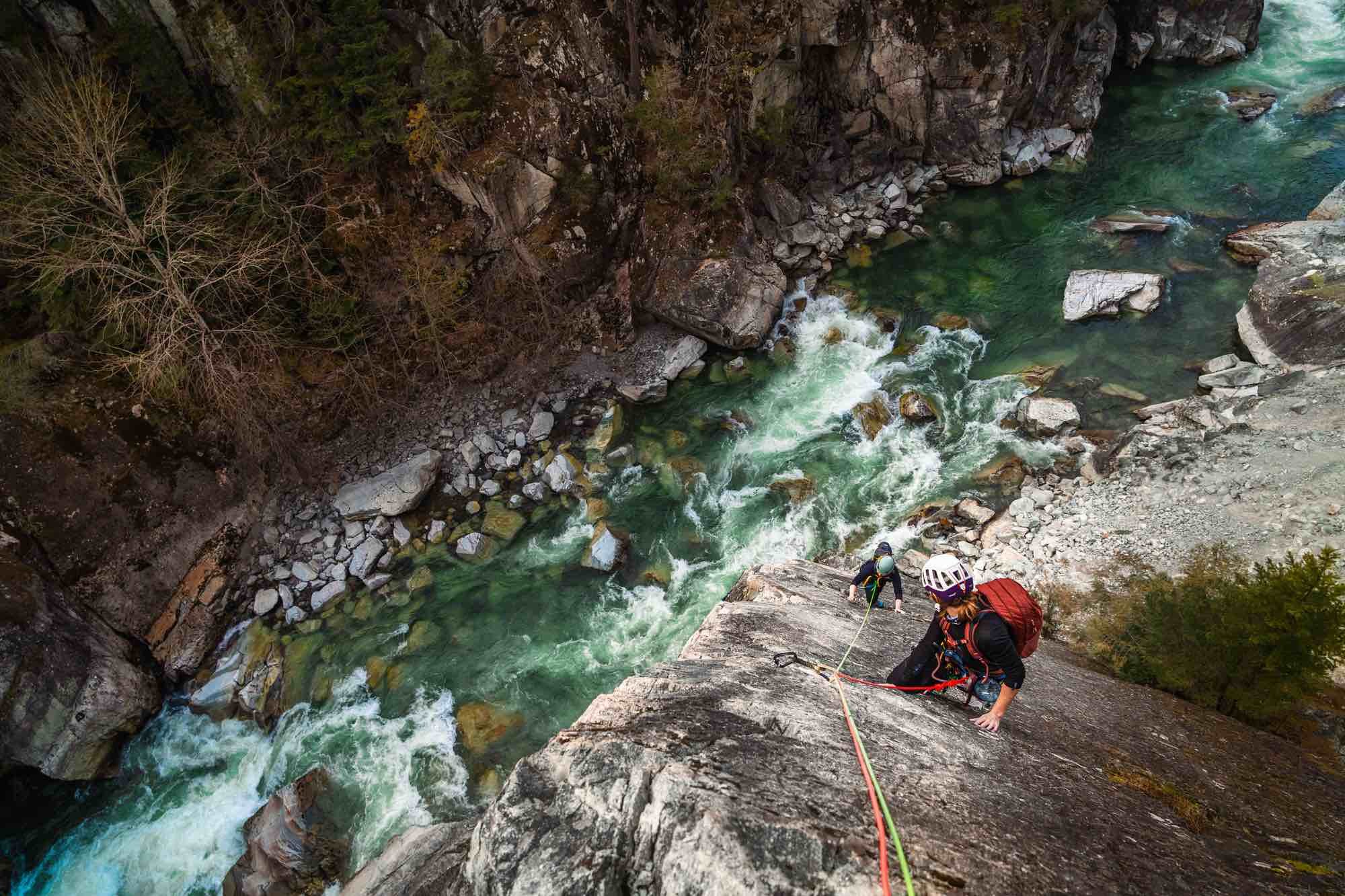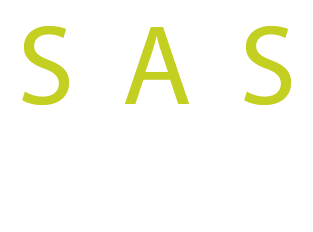
For visitors
Your Impact Matters
Squamish welcomes visitors, and we all share a responsibility to help maintain access through our behaviors and decisions. Please help us build better relationships and access for future generations by following Leave No Trace principles, respecting wildlife, seasonal falcon and rock closures, fire bans and sticking to established trails. Be considerate of the local community by keeping noise levels low, parking and camping responsibly, and respecting private property. Support local businesses and communicate with others to ensure a safe, enjoyable experience.
Access Alert!!!
Illegal camping and human waste have been the major source of climber/community conflict.
Camp only in designated areas.
The District of Squamish has the power to ticket illegal camping.
Our hosts...
As told on; Squamish.net
The total area of Squamish Nation Traditional Territory is 6,732 square kilometers (673,200 hectares).
The Nation consists of 23 villages encompassing 28.28 square kilometers (2,828 hectares). These parcels of land are scattered from Vancouver to Gibson’s Landing to the area north of Howe Sound.
Squamish Nation traditional territory is located in the Lower Mainland region of British Columbia. Prior to, and following the arrival of Europeans in the late 1700’s, the lands and waters we used and occupied either exclusively, or jointly with our First Nation neighbours, were as follows: from Point Grey on the south to Roberts Creek on the west; then north along the height of land to the Elaho River headwaters including all of the islands in Howe Sound and the entire Squamish valley and Howe Sound drainages; then southeast to the confluence of the Soo and Green Rivers north from Whistler; then south along the height of land to the Port Moody area including the entire Mamquam River and Indian Arm drainages; then west along the height of land to Point Grey.
This territory includes some of the present day cities of Vancouver, Burnaby and New Westminster, all of the cities of North Vancouver and West Vancouver, Port Moody and all of the District of Squamish and the Municipality of Whistler. These boundaries embrace all of Howe Sound, Burrard Inlet and English Bay as well as the rivers and creeks that flow into these bodies of water. In addition, we used and occupied the various islands located in Howe Sound.
[The Sḵwx̱wú7mesh Úxwumixw’s] historical links to these lands and waters are numerous. Squamish place names exist throughout the territory. In many instances, a location has particular meaning to our people because of the existence of oral traditions that served to explain that place in the Squamish universe and in our relationship to the land. In addition, the land bears witness to the settlements, resource sites, and spiritual and ritual places of our ancestors, including villages, hunting camps, cedar bark gathering areas, rock quarries, clam processing camps, pictographs and cemeteries. Some of these village sites date back 3000 years.
DESIGNATED CAMPGROUNDS
At the Chief: Stawamus Chief Provincial Park Campground
BC parks site, spots start at $10.00 CAD/person. No reservations.
7 minutes north: Mamquam River Campground
A non-profit site, spots start at $15.00cad/night for a drive-in site. Reservations recommended, not required.
20 minutes north: Chek Canyon Recreation Site
A public site; no fees, no reservations and world class sport-climbing. No running water. The road is steep and rough but 4x4 not required.
For a comprehensive list of campgrounds and visitor resources please visit the District of Squamish website here.
LODGING
Squamish has several hotels at different price points. These can easily be researched through websites like booking.com. There is one low-cost hostel, the Squamish Adventure Inn, popular with climbers, within walking distance of the Chief.
VAN CAMPING / WILD CAMPING
Within District Boundaries
The District of Squamish PROHIBITS camping within the municipal boundary, This includes sleeping in a vehicle anywhere within District boundaries. A bylaw gives the District the power to issue tickets for contraventions.
Camping on urban / residential streets is prohibited under pre-existing bylaws.
The “hot spots” that have been of most concern are below.
the whole of the Mamquam Forest Service Road under the North Walls of the Chief between the junction with the 99 and junction with the Stawamus/ Indian Arm Forest Service Road (as a salmon run and sensitive riparian area, camping close to the Stawamus River is especially inappropriate)
the Powerhouse Springs Road including the parking area for the Fern Hill cliff
the dirt road to the kitesurfing “Spit.”
Outside of District Boundaries
If you explore forest roads in crown land outside the municipal boundaries, it may be possible to find discreet roadside sites suitable for tents or van camping. However, the provincial authorities do have some restrictions;
Stays are limited to 14 days.
Campers should follow Leave No Trace principles. HUMAN WASTE is a major issue.
Strictly observe any current fire bans.
Climber’s Code
RESPECT DANGERS
RESPECT THE ENVIRONMENT
RESPECT OTHERS
RESPECT ACCESS
SAS has endorsed the Rock Respect Code.
Camping in Squamish
When climbing first became popular in the Squamish area in the 1970s and 1980s, most climbers camped for free at locations like the “Psyche Ledge” under the Chief. After the Chief became a provincial park, a designated campground was created. It had plenty of space, so most visiting climbers used it.
Starting in the 2000s, a few trends appeared that disrupted that situation. One was the development and promotion of Squamish bouldering, which accelerated the growth in visitor numbers. Another was the popularity of van camping, for which the Chief campground was not originally designed. Van camping spread to the parking lots around the Chief. The upgrade of Highway 99, coinciding with the 2010 Winter Olympics, encouraged more non-climbing visitors to stop in Squamish, especially to hike the Chief. For the same reason, more people were choosing to live in Squamish, increasing the town’s population and also bringing new demographics and attitudes.
By 2015, parking at the Chief was becoming overwhelmed all summer. To ensure safety, especially to ensure clear access for emergency vehicles, BC Parks had to make a difficult decision to enforce parking more strictly, restricting overnight use. This led to more campers seeking alternative free sites, especially around the nearby Mamquam forest road. Local residents were upset by this, and not just for selfish reasons: there was clear evidence of sensitive riparian areas being damaged. Perceptions of the value of climbing visitors to the town deteriorated, threatening hard-won access rights to the cliffs.
Our Story:
What was once a small group of oddballs and outcasts is now a growing family of wierdos ;) Our story is one of constant learning..
By paying just ten bucks for a membership you will support the continued efforts of your Squamish Access Society.
Questions? Get in touch.
If you have any questions about an upcoming trip or are aware of access issues within the community, please send us a note!


